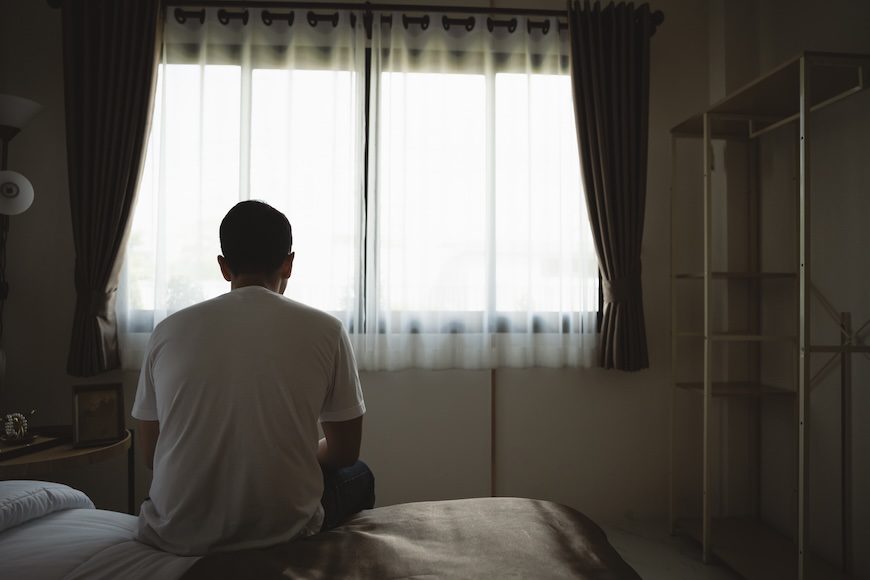UCLA Health researchers have unearthed an unsettling trend: In 2022, middle-aged Black Americans experienced higher mortality rates from “despair” than their white counterparts. Native Americans endured the worst. They suffered more than double the rate of these deaths compared to both Black and white Americans.
The authors, who published their findings in JAMA Psychiatry, classify these deaths of despair as those that include suicide, drug overdose, and alcoholic liver disease.
Rewriting the Narrative?
This new research challenges the nearly decade-old conventional wisdom that White Americans had cornered the market on these deaths.
The concept of “deaths of despair” emerged from a 2015 study that focused on growing U.S. mid-life mortality and falling life expectancy rates from 1999 to 2013. In short, that paper argued that white Americans had the highest mortality rates from these causes, at 72.15 per 100,000 people in 2013 – double the rate of Black Americans. It also sparked heated debate about the stress bearing down on less-educated white Americans struggling with their dwindling economic and social status.
However, the 2015 study and its multiple follow-ups excluded data on Native Americans.
This UCLA Health study bridges that gap, revealing that Native Americans have consistently endured higher midlife deaths of despair all along.
Methodology
In this new paper, UCLA Health researchers mined public records from the U.S. Centers for Disease Control and Prevention (CDC) to break down the rates of deaths of despair among white, Black, and Native Americans aged between 45 and 54 through 2022.
What they found is unsettling:
- The rate of deaths of despair among Black Americans reached 103.81 per 100,000, surging past the white American rate of 102.63 per 100,000.
- For Black Americans, this rate tripled from 2013 to 2022, with a sudden uptick from 2015 onward.
- Native American and Alaska Native populations endured the highest rate at 241.7 per 100,000 people in 2022.
- The rate of deaths of despair for Native American/Alaska Native populations has consistently remained significantly higher than for white Americans from 1999 to 2022.
- Native Americans also had the highest mortality rates from suicide, alcoholic liver disease, and drug overdose compared to Black and white Americans.
All of this isn’t to say that white Americans have emerged from this new research unscathed. Deaths of despair in this group jumped from 72.15 per 100,000 people in 2013 to 102.63 in 2022.
Addressing Racial Disparities
Study co-author Joseph Friedman, MD, at UCLA’s David Geffen School of Medicine, stressed the need to address the rising rates of premature mortality related to mental health and substance use disorders, especially in light of these notable racial and ethnic disparities.
“The findings reinforce the notion that we need to invest in services that can address these issues and, ultimately, we need much more comprehensive access to low-barrier mental health care and substance use treatment in the U.S.,” Friedman said. “We must ensure that these treatments, services, and programs are accessible to communities of color and actively work to address inequality.”
While the researchers stopped short of articulating the catalysts behind these deaths, Friedman suggested that the rising rates of deaths of despair are tied to mental health and substance use disorders. Other factors contributing to these disparities, Friedman added, include disparate access to healthcare and social services, an increasingly toxic illicit drug supply, and dwindling economic insecurity.
Further Reading
5 Recent JCP Research Studies On Suicide



